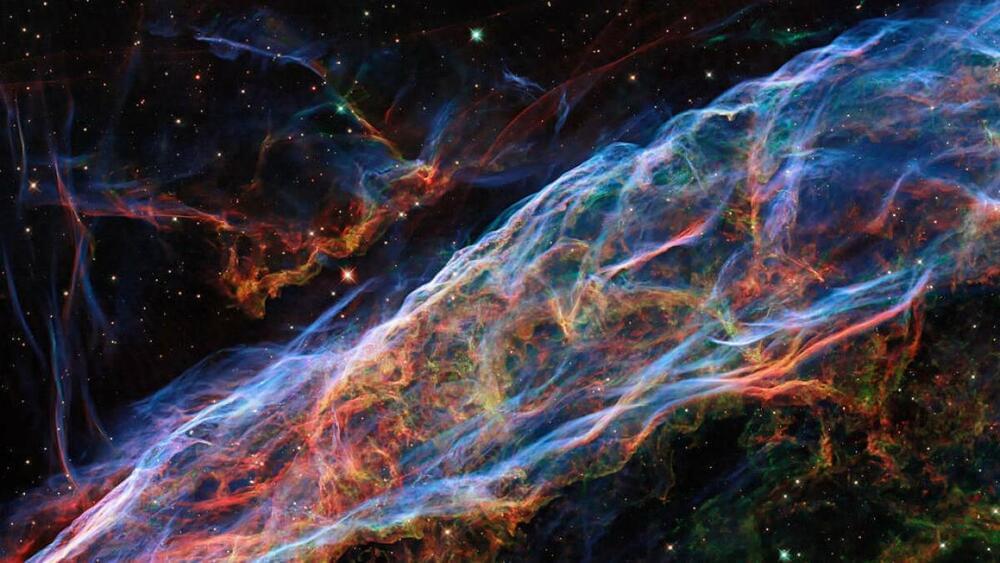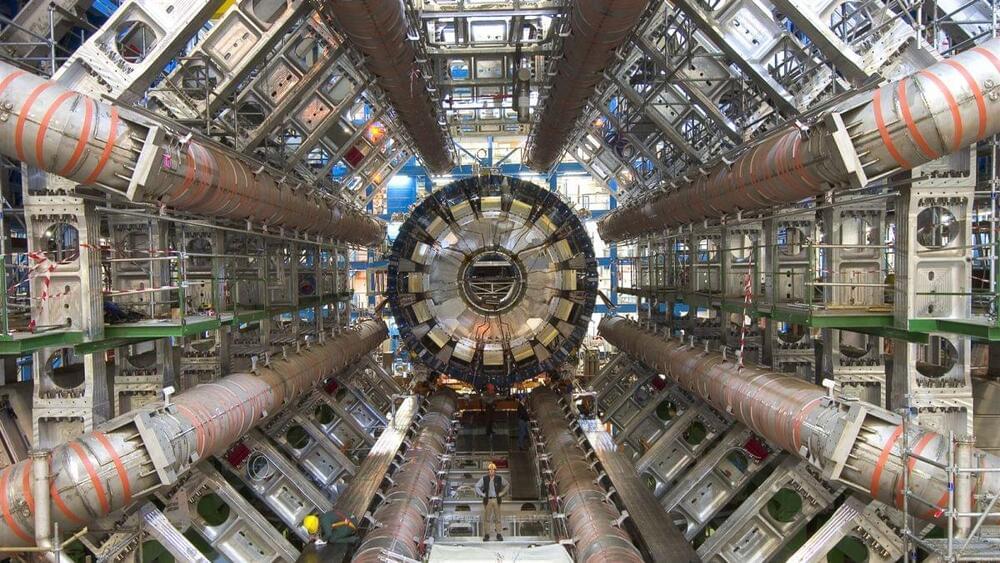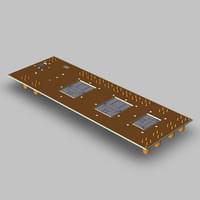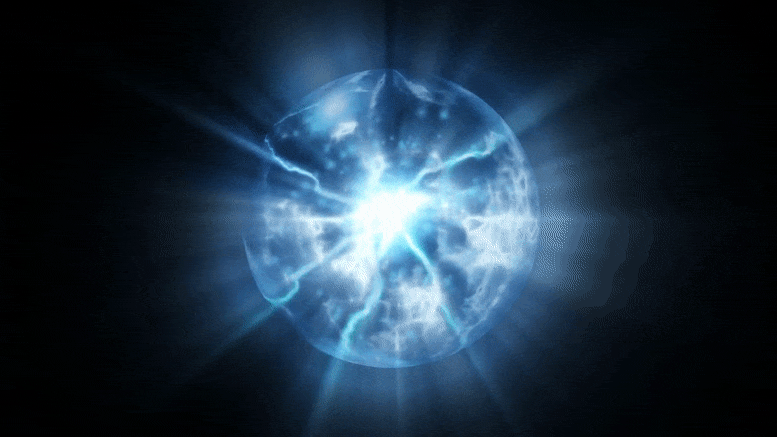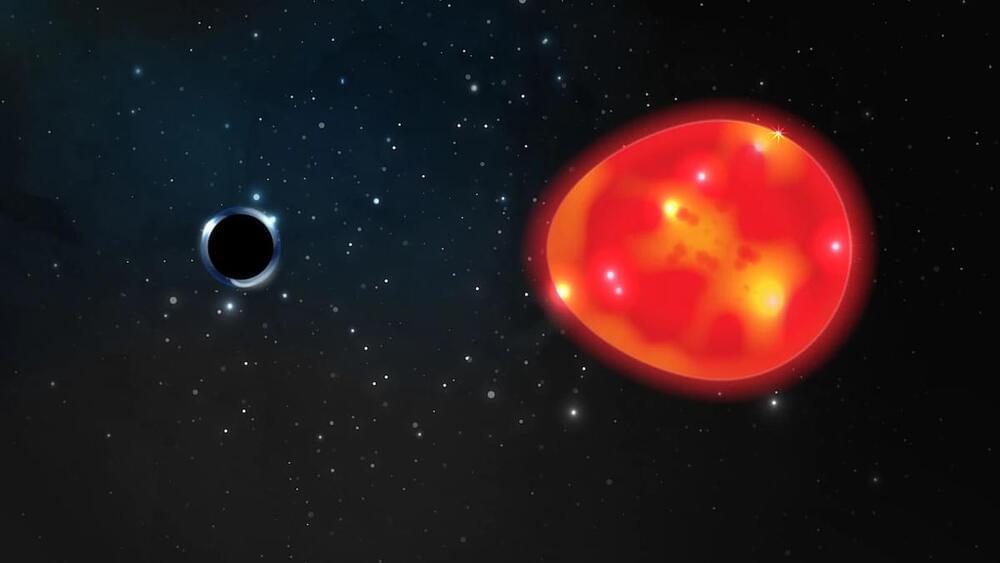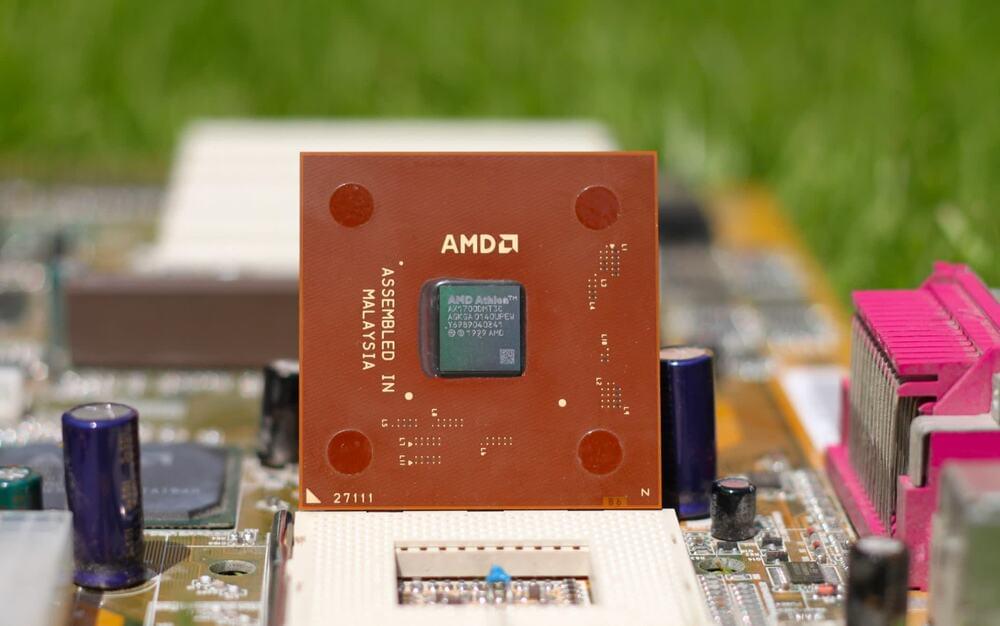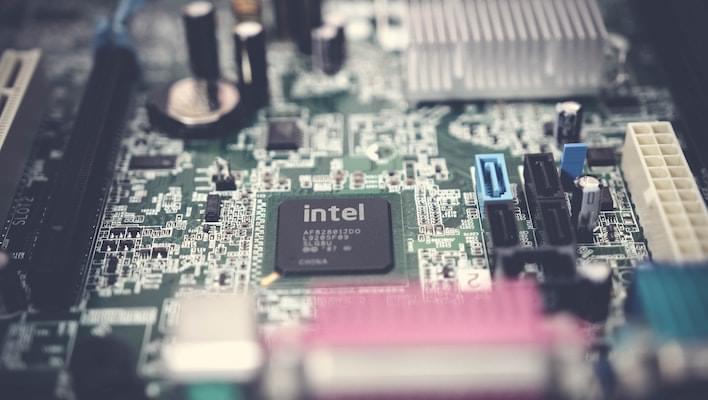Every part of the James Webb Space Telescope’s (JWST’s) deployment is nerve-wracking, but some of the most nail-biting moments will happen on New Year’s Eve and New Year’s Day.
We’re on Day 5 of the Webb Telescope’s 30 Days of Terror, and so far, the observatory’s engineering team has successfully checked off all the boxes on its to-do list (get your own check-off list here.)
But starting on December 31 comes the task that is among the most worrisome: unfolding the giant sunshield. The enormous sunshield is about 70 by 47 feet (21 by 14 meters) when deployed, or approximately the size of a tennis court.

